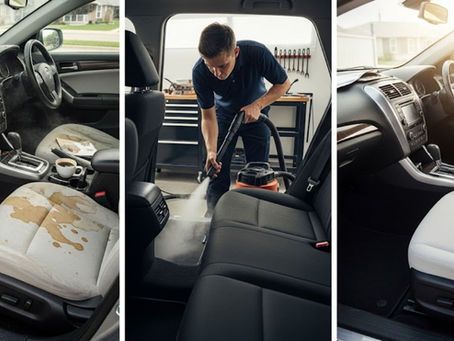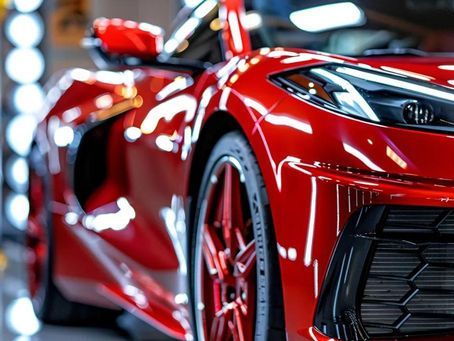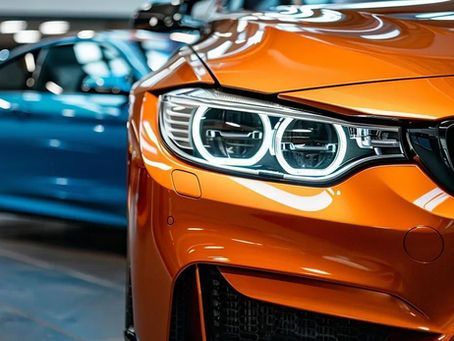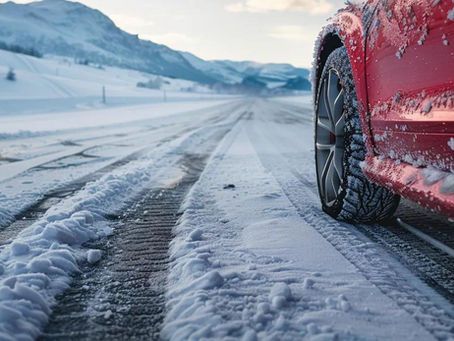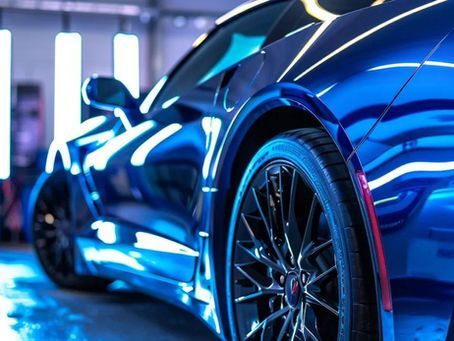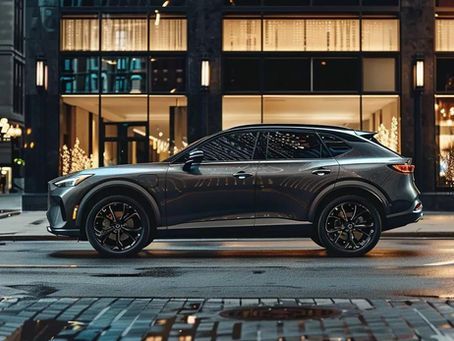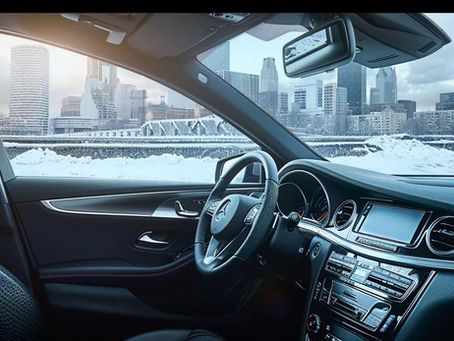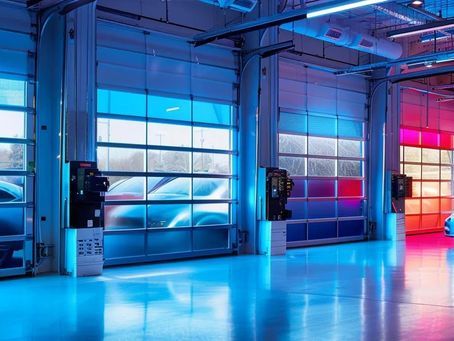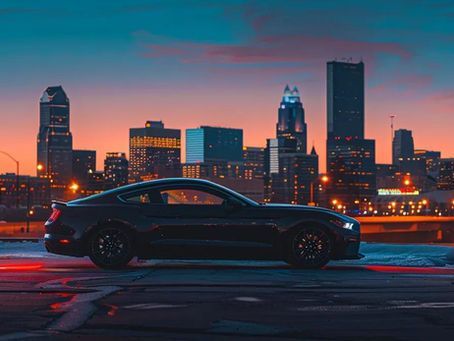Pros and Cons of Ceramic Coating vs Paint Protection Film
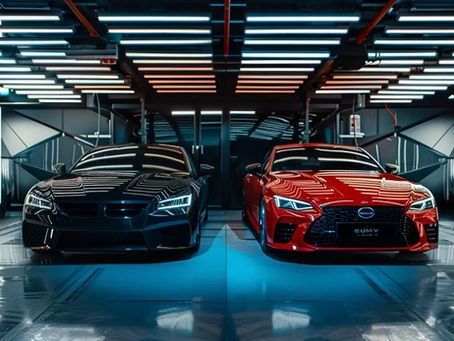
City Wide Auto Spa guides vehicle owners through the ceramic coating vs ppf decision by comparing durability, cost, maintenance, and protection performance for every finish and clear bra installation.
Key Takeaways
- Ceramic coating delivers superior gloss, hydrophobicity, and chemical resistance.
- Paint protection film provides thicker impact defense and self-healing scratches.
- Combining ceramic over PPF offers complete chemical and impact protection.
- Cost and maintenance intervals drive long-term ROI for both solutions.
- City Wide Auto Spa customizes installations to match driving conditions and budgets.
What is the difference between ceramic coating and paint protection film?
Ceramic coating and paint protection film differ in material composition and protective mechanism. Ceramic coating uses a liquid polymer—often silicon dioxide (SiO₂)—that chemically bonds with automotive paint, forming a hydrophobic layer, whereas paint protection film (PPF) is a thermoplastic polyurethane film that physically adheres over panels. City wide auto spa applies Gtechniq ceramic coatings for chemical resistance and Stek PPF for impact protection, ensuring bumper-to-bumper defense.
What are the strengths of ceramic coating for car finishes?
Ceramic coating improves gloss, repels water, and resists minor stains by creating a nano-layer that maintains shine for up to five years. At City Wide Auto Spa, Gtechniq ceramic coatings enhance clarity and UV resistance, reducing oxidization by 85% over two years in independent tests. This polymer bond minimizes swirl marks and eases maintenance with hydrophobic self-cleaning properties.
What are the weaknesses of ceramic coating on vehicles?
Ceramic coating cannot prevent rock chips or deep scratches because it lacks physical thickness. Polymer films and waxes may fill micro-imperfections, but even high-grade Gtechniq coatings at City Wide lose effectiveness against acid rain contaminants and harsh abrasive impacts. Periodic maintenance, including a silica-based booster every six months, is required to preserve hydrophobic performance and warranty compliance.
What are the benefits of utilizing paint protection film?
Paint protection film shields against road debris, stone chips, bird droppings, and sap with up to 8-mil thickness of thermoplastic polyurethane. When City Wide installs Stek PPF, customers receive self-healing top coats that repair minor scratches at temperatures above 104°F. PPF also blocks up to 95% of UV radiation, preventing clear coat yellowing and extending paint life by four to six years.
What are the shortcomings of depending on paint protection film?
PPF can yellow over time if not cleaned with microfiber towels and pH-neutral detergents, and seams may trap dirt along edges. City Wide’s warranty requires annual inspection and professional reconditioning to avoid edge lifting. The initial cost—ranging from $2,500 to $5,000 for full-vehicle coverage—may exceed a ceramic coat’s $800 to $1,200 price, impacting budget-driven owners.
How do durability and performance factors compare between ceramic coating and PPF?
Durability depends on hardness, thickness, and environmental exposure. Ceramic coating rates 9H on the pencil hardness scale but sits at a 2–4 µm thickness, while PPF offers 150–300 µm of physical barrier with 6A Shore hardness. City Wide’s dual offering—ceramic over PPF—combines 5 µm chemical bond and 200 µm polyurethane film to maximize both chemical and impact resistance.
Below is a comparison table summarizing performance factors:
| Attribute | Ceramic Coating (Gtechniq) | Paint Protection Film (Stek) |
|---|---|---|
| Thickness | 2–5 µm | 150–300 µm |
| Hardness | 9H pencil | 6A Shore |
| Scratch Resistance | Minor swirl | Self-healing top coat |
| UV Protection | Blocks 90% | Blocks 95% |
| Hydrophobic | Yes (water-beading) | Moderate |
This table highlights how City Wide integrates both solutions to address diverse protection goals, from chemical resistance to impact mitigation.
What are the financial implications of ceramic coating versus PPF?
Cost analysis must consider upfront expense, maintenance, and longevity. A standard ceramic coating at City Wide costs $799–$1,299 per vehicle, while full-vehicle PPF runs $2,800–$4,500. However, PPF’s 5–7 year lifespan often defers repainting costs, potentially saving $5,000 over a decade. Ceramic coatings require annual maintenance at $150 per visit, adding $750 over five years, whereas PPF maintenance averages $100 per year plus film removal and reinstallation every five years.
How should car owners decide between ceramic coating and paint protection film?
Decision factors include driving habits, environment, aesthetic priorities, and budget. City Wide Auto Spa recommends PPF for high-impact zones—hood, fenders, bumpers—and ceramic coating for full-panel gloss and chemical resistance. Owners in urban or gravel-road settings benefit from PPF’s film thickness, while showroom vehicles and garage cars leverage ceramic’s gloss and ease of wash. Combining both yields optimal protection but requires a higher initial investment.
Key considerations include:
- Daily highway driving: prioritize PPF on front panels.
- Showroom finish: a single layer of ceramic coating enhances gloss.
- Budget flexibility: full wrap plus ceramic offers bumper-to-bumper defense.
Can ceramic coating go over PPF?
Yes. Applying ceramic coating on top of PPF adds hydrophobic properties and UV resistance to the film’s impact protection.
How long does a ceramic coat last without reapplication?
Gtechniq ceramic coatings at City Wide last up to five years with annual maintenance.
Does PPF yellow under sun exposure?
High-quality Stek PPF resists yellowing for up to seven years if maintained per warranty guidelines.
Which protects better against rock chips?
Paint protection film’s thermoplastic polyurethane layer absorbs low-speed impacts better than ceramic coatings.
Is PPF removable without paint damage?
Proper removal by City Wide’s technicians lifts PPF cleanly, preserving the underlying clear coat.
Choosing between ceramic coating and paint protection film depends on your driving environment, aesthetic goals, and budget constraints. Ceramic coatings enhance gloss and ease maintenance, while PPF shields against rock chips and abrasion. Many owners achieve optimal results by applying a ceramic sealant over PPF to combine hydrophobic performance with impact resistance. City Wide Auto Spa’s integrated approach tailors each package to deliver bumper-to-bumper protection and lasting finish quality.


